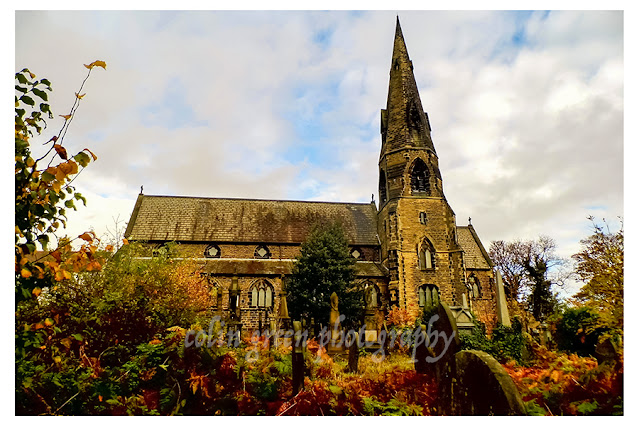Step back in time to the heart of Halifax, West Yorkshire, and you'll find a monumental testament to Britain's industrial past: Dean Clough Mills. Today, it's a bustling hub of commerce, arts, and culture, but its origins are rooted in the very fabric of the Industrial Revolution. This isn't just a collection of old buildings; it's a living museum, a phoenix risen from the ashes of a bygone era.
The Crossley's Carpet Kingdom
In its heyday, Dean Clough was home to a globally dominant enterprise. Built by the Crossley family, who founded Crossley's Carpets, the complex expanded rapidly between 1840 and 1869. The first mill was built in 1802, and the family's foresight and ambition transformed a small valley into an industrial powerhouse. At one point, Dean Clough was the largest carpet mill in the world. Imagine the sheer scale: thousands of workers, the rhythmic clatter of looms, and mountains of wool and yarn being transformed into carpets that graced homes across the globe. The mills were more than just a workplace; they were the lifeblood of the local community. The sheer size of the buildings, as seen in the photos, hints at the immense scale of this operation.
Decline and Rebirth
The golden age of Dean Clough wouldn't last forever. In 1970, Crossley's Carpets moved its headquarters to Kidderminster, a sign of changing times. Faced with declining sales and fierce competition from cheaper imports, the looms fell silent for good in 1982, leaving a massive, derelict site. It could've been the end of the story, with the buildings left to decay like so many others from that era. However, a remarkable transformation was on the horizon.
In 1983, two visionaries, Sir Ernest Hall and Jonathan Silver, saw potential where others saw ruin. They bought the complex and set about turning it into the Dean Clough Galleries and Industrial Park. While their partnership was short-lived, with Sir Ernest Hall taking the reins a year later, his commitment has been unwavering. To date, he has invested over £20 million into the redevelopment. The vast, empty sheds were repurposed into essential parking spaces, and the Victorian buildings were meticulously restored. The resulting space is now a vibrant mixed-use development.
Modern-Day Marvels
Today, Dean Clough is a thriving ecosystem. Over 150 companies have made it their home, ranging from small start ups to established businesses. But its purpose extends far beyond commerce. The complex now features a hotel, leisure facilities, restaurants, and the renowned Viaduct Theatre. This blending of old and new is what makes Dean Clough so captivating. The imposing brickwork of the old mills now stands alongside modern infrastructure, creating a unique and compelling architectural landscape. The presence of the large, metal sheep sculpture adds a touch of quirky art that pays homage to the site's wool and textile history.
The redevelopment of Dean Clough is a shining example of how industrial heritage can be preserved and repurposed for the 21st century. It's a reminder that even when an industry dies, its spirit can live on, transforming a relic of the past into a beacon of the future. The next time you find yourself in Halifax, take a walk through Dean Clough. You'll be treading the same paths where a global empire was built, and witnessing a legacy that continues to unfold.
I took these pictures with a Polaroid is2132 camera in May 2015, clicking on any of them should open a link in another window to my Colin Green photography store on Zazzle.
All the pictures can be seen in the YouTube slideshow below.
Please take a moment to share this post, follow me on social media, and explore my work on Clickasnap and Photo4Me using the links below. Your support means a lot!
All the images remain the copyright of Colin Green.






































































